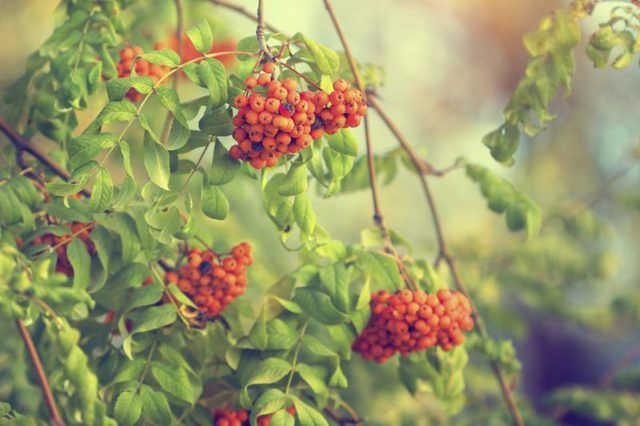Bulbs
Flower Basics
Flower Beds & Specialty Gardens
Flower Garden
Garden Furniture
Garden Gnomes
Garden Seeds
Garden Sheds
Garden Statues
Garden Tools & Supplies
Gardening Basics
Green & Organic
Groundcovers & Vines
Growing Annuals
Growing Basil
Growing Beans
Growing Berries
Growing Blueberries
Growing Cactus
Growing Corn
Growing Cotton
Growing Edibles
Growing Flowers
Growing Garlic
Growing Grapes
Growing Grass
Growing Herbs
Growing Jasmine
Growing Mint
Growing Mushrooms
Orchids
Growing Peanuts
Growing Perennials
Growing Plants
Growing Rosemary
Growing Roses
Growing Strawberries
Growing Sunflowers
Growing Thyme
Growing Tomatoes
Growing Tulips
Growing Vegetables
Herb Basics
Herb Garden
Indoor Growing
Landscaping Basics
Landscaping Patios
Landscaping Plants
Landscaping Shrubs
Landscaping Trees
Landscaping Walks & Pathways
Lawn Basics
Lawn Maintenance
Lawn Mowers
Lawn Ornaments
Lawn Planting
Lawn Tools
Outdoor Growing
Overall Landscape Planning
Pests, Weeds & Problems
Plant Basics
Rock Garden
Rose Garden
Shrubs
Soil
Specialty Gardens
Trees
Vegetable Garden
Yard Maintenance
What Types of Bushes Grow Fruit?
What Types of Bushes Grow Fruit?. Bushes that produce fruits also produce flowers. A flower's ovary and associated female reproductive parts form a fruit, which contains seeds. Many kinds of flowering bushes or shrubs produce small, fleshy fruits that are food for wildlife. After the fruits pass through an animal's digestive tract, the resulting...
Bushes that produce fruits also produce flowers. A flower's ovary and associated female reproductive parts form a fruit, which contains seeds. Many kinds of flowering bushes or shrubs produce small, fleshy fruits that are food for wildlife. After the fruits pass through an animal's digestive tract, the resulting cleaned seeds are deposited onto soil. Other kinds of flowering bushes bear larger fruits, some of which are nuts. A large number of cultivated shrubs bear fruits that are edible for humans.
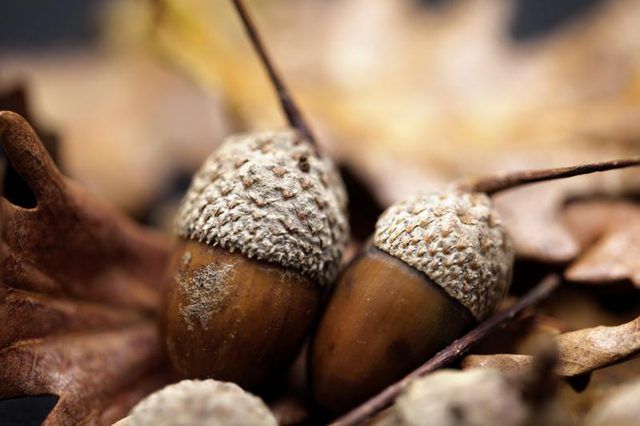
Some bushes growing in the wild and in gardens provide berry fruits that are safe for people to eat. They include highbush blueberry (Vaccinium corymbosum) and black raspberry bushes (Rubus occidentalis). A North American native plant domesticated only since the early 1900s, highbush blueberry bears blue-black, round berries in summer. Hardy in U.S. Department of Agriculture plant hardiness zones 3 through 8, highbush blueberry is deciduous, grows about 6 feet tall and wide and has white, urn-shaped flowers in spring. Another North American berry bush harvested as both a domesticated and undomesticated crop, black raspberry has berries that turn from red to black as they ripen. They follow showy, white flowers in spring. The thorny plant produces the fruits on its second-year stems, or canes. Black raspberry is hardy in USDA zones 3 through 7 and can become invasive in some areas. Prune it or dig it out to restrict its growth. Clean pruning shears with rubbing alcohol to prevent the spread of plant diseases.
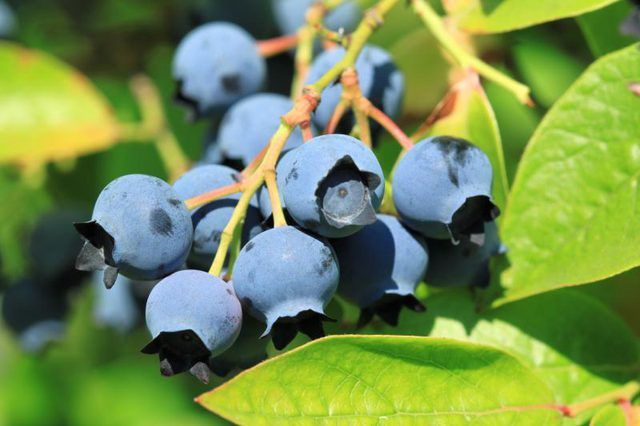
Shrubs that bear larger edible fruits include pomegranate (Punica granatum), hardy in USDA zones 8 through 11, and pineapple guava (Feijoa sellowiana), perennial in USDA zones 8 through 10. In late summer to fall, pomegranate bears reddish, rounded fruits that are usually 2 to 3 inches wide and have many seeds, each of which is surrounded by juicy pulp. Numerous pomegranate cultivars exist, some of which have larger fruits. Pomegranate bushes are 6 to 15 feet tall. Pineapple guava has 1- to 3-inch-long, green, football-shaped fruits that feature a blend of tropical-tasting flavors. The shrub can reach 15 feet tall and wide.
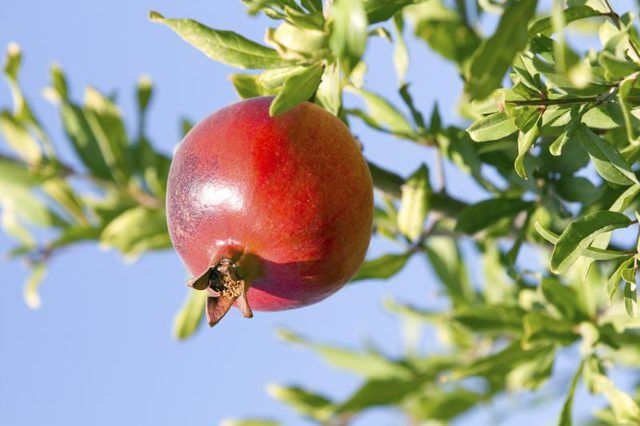
Most edible fruits that are nuts grow on trees, but some grow on bushes. For example, hazelnuts (Corylus spp.) are nut-bearing shrubs; they also are known as filberts. Growing 6 to 10 feet tall and hardy in USDA zones 4 through 8, hazelnut shrubs begin bearing nuts when they are about 3 years old, but two varieties are necessary for cross-pollination. Hazelnut leaves are brilliant red-orange in fall. Another example of a nut-bearing shrub is bear oak (Quercus ilicifolia or Quercus ilicifoliate), also known as scrub oak. Its nuts are food for bears, squirrels, deer, chipmunks, quail, turkey and grouse. The nuts, or acorns, are about 1/2 inch long. Bear oak grows 12 to 20 feet tall and is hardy in USDA zones 5 through 6. Use the shrub in mass plantings or as a specimen plant.
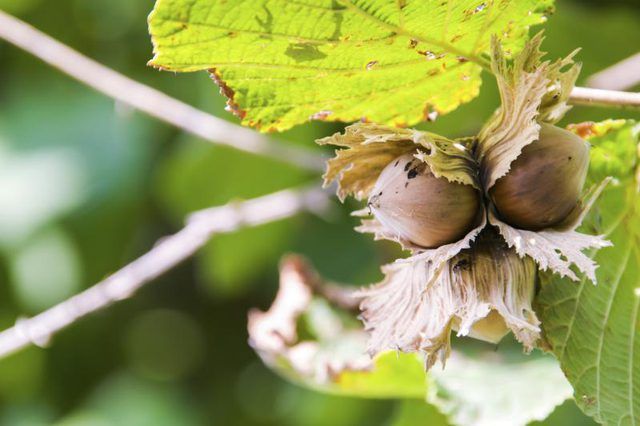
Some shrubs that have colorful berries are used for landscaping and to provide food for birds and other wildlife. Those shrubs include "Blue Muffin" arrowwood viburnum (Viburnum dentatum "Christom") and downy serviceberry (Amelanchier arborea). In late summer and fall, "Blue Muffin" arrowwood viburnum has intensely blue fruits that attract songbirds. People should not eat the fruits. Hardy in USDA zones 3 through 8, "Blue Muffin" grows 5 to 7 feet tall and wide. Downy serviceberry is a taller shrub and has an abundance of sweet, small, blue-black berries that are a favorite of wildlife. Its showy, white flowers appear in early spring. Native to the eastern United States, downy serviceberry is hardy in USDA zones 4 through 9.
